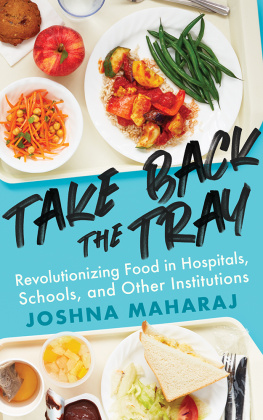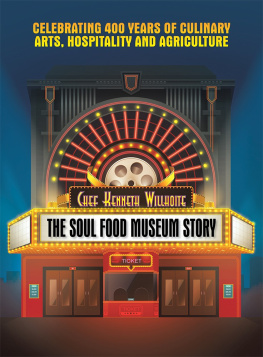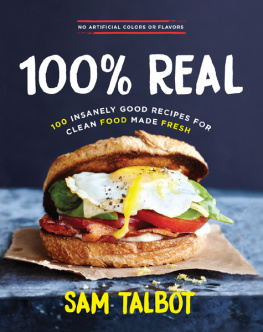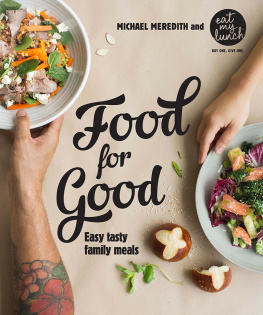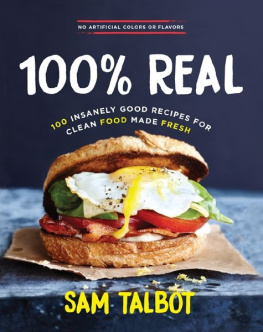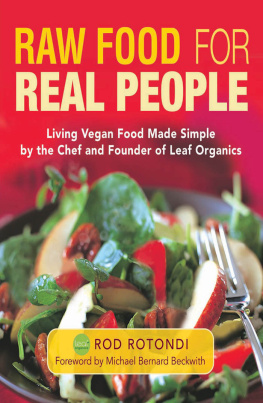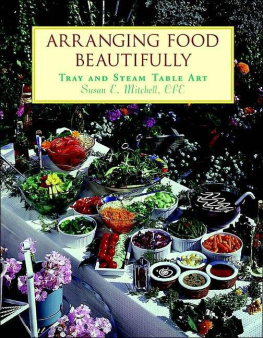For Gurudev, who saw it all and told a teenaged me that I would learn to be a very good cook... long before I ever had the idea myself.
Food is the single strongest lever to optimize human health and environmental sustainability on Earth.
EAT-Lancet Commission on Healthy Diets From Sustainable Food Systems
In the winter of 2019, I had a minor surgery on my sinuses. When I woke from the anaesthetic, my nose and my throat were burning with pain from the removed breathing tube, and I asked for ice chips to hold at the back of my throat for some relief. A short while later, I felt much more awake and was sitting upright when a nurse asked me what I wanted to eat: a ham and cheese or egg salad sandwich? After having fasted all morning for the surgery, I was starving and settled on an egg salad sandwich and a cold ginger ale over ice. What I really wanted was something that was cool and easy to swallow some sorbet or even just some cold applesauce.
I had a pretty good idea of what to expect from that egg salad its one of the greatest hits of institutional food service after all but this was the worst one yet: hard-cooked eggs, chopped and combined with some low-calorie whipped salad dressing (never mayonnaise), and a whisper of salt and pepper smooshed between two slices of perpetually soft and brilliantly white industrial sandwich bread that stuck to the roof of my mouth. The bread wasnt stale, because it was never really fresh. That stodgy bread is hard to swallow on a good day, and for my dry, raw, post-surgery throat, it was even more difficult. The eggs boasted the listless, pale yellow yolks of factory farmed eggs, which come from hens living in a confined, caged space, often nestled in their own waste and given antibiotics prophylactically. The shells of these eggs are very thin and break quite easily, because factory farmed birds dont live a full, active, healthy enough life to produce eggs with orange yolks and thick shells. The egg salad I make has scallions, parsley, and lemon juice in it for colour, crunch, and great flavour all of which were nowhere to be found in this sandwich.
Im pretty outspoken about my dislike for dry corners on a sandwich (Ill fire people for not spreading sandwich filling to the furthest edges of the crust), but this sandwich took dry corners to a whole new level. There was a one-inch dry barrier around the scant couple of tablespoons of egg salad that actually made it into the sandwich. It was served cold from the fridge, still wrapped in plastic marked with a Monday sticker (it was a Tuesday), which promised reasonable freshness. But the honest truth is that there was hardly anything perishable in that egg salad sandwich, and it would have lasted much longer than the allotted three days. Nothing perishable ultimately means little to no real nutrition, just empty, unsatisfying calories. After I forced back my first bite, chasing it with cold, syrupy ginger ale from a Styrofoam cup, I looked at the other folks around me, having much the same experience. We were dopey, we were sore, and we were hungry. That sandwich did not say, Get well soon! That sandwich said, Sorry, sucker, this is all theyll pay for.
I am a firm believer that any plate of food, served anywhere, is a reflection of the attitude and values that produced that plate. When youre in an award-winning, fine-dining restaurant, you can safely expect to be served food that is prepared with expert skill. When youve just returned home from work and someone has already started cooking dinner, you know that youre getting a meal that comes with some care and affection. The dismal tray of reheated food that is placed in front of hospital patients three times a day tells them that they are not worth any more effort. We know youre sick, we know you need to heal, but this is as far as were going to go to nourish your body back to health.
Its no big revelation to say that institutional food is not good. Hospital food is famously ridiculed, chronic student hunger is deemed a rite of passage, and prison meals are considered part of the punishment. And while there are countless well-intentioned folks working in institutions everywhere, doing the very best they can with what theyve got, the meals generally remain quite tasteless and are made with the most highly processed ingredients available for the lowest possible price. The majority of kitchens in institutions have become dusty storage areas, with most food housed in massive freezers and prepared using reheating units. It wasnt always this way. At The Scarborough Hospital in Toronto, there is a wood-panelled fridge with sharp hooks that used to hang sides of beef for butchering on-site. In 2011, that fridge was used exclusively to chill and set Jell-O.
But we can do better. I know this because Ive spent the last 14 years as a chef and activist on the front lines trying to rebuild institutional food systems. Ive led projects in three types of public institutions: community food centres, hospitals, and universities. Other institutions are part of this conversation too. Institutional feeding happens in elementary and secondary schools, long-term care facilities, and prisons. Prisons are the only institutions that are seen as places for punishment, but if rehabilitation is the goal, food that restores health and dignity is essential.
From all of the work Ive done, conversations Ive had, and stories Ive heard, it always seems to come down to the same thing: nobody with any real power cares enough about food to do anything differently. There is a lack of collective understanding about the role that good food plays in supporting health and well-being, education, and rehabilitation. If we truly understood how vital it is to invest in our food systems and, ultimately, ourselves, we wouldnt make it such a low priority. This is a story about the deep disconnection between people and their food.
What Im trying to do with my work is lift both our food budgets and priorities out of the gutter. Im trying to rework the ill-informed, dismissive attitude that allowed, and even encouraged, the chopping of those budgets in the first place. The most important consideration for institutional food should not be how much it costs; prioritizing low spending over proper feeding is precisely what has gotten us into this mess. Food has the ability to improve our health and wellness, but these cheap, lifeless, industrial menus are not nourishing anyone and theyre contributing to the climate crisis. Access to good, nutritious food is a basic human right, not a luxury.
Now, its important to note that my purpose here is not to point fingers or blame individual hospitals, schools, or long-term care facilities. The responsibility for these problems lies with an institutional culture that holds food at a very low priority. This culture is partly the result of a slow death by a thousand budget cuts over the last couple of decades and of the tone set by government. At some point in our history, we decided that it was simply too expensive to pay a real human being to stand at a kitchen counter and prepare fresh meals on-site from scratch every day. And now, make no mistake, friends, we have gotten what weve paid for.

